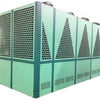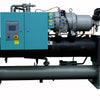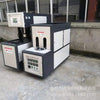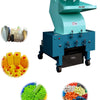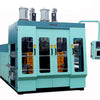Design, Operation, and Applications of Air-Cooled Chillers in Modern HVAC Systems Abstract
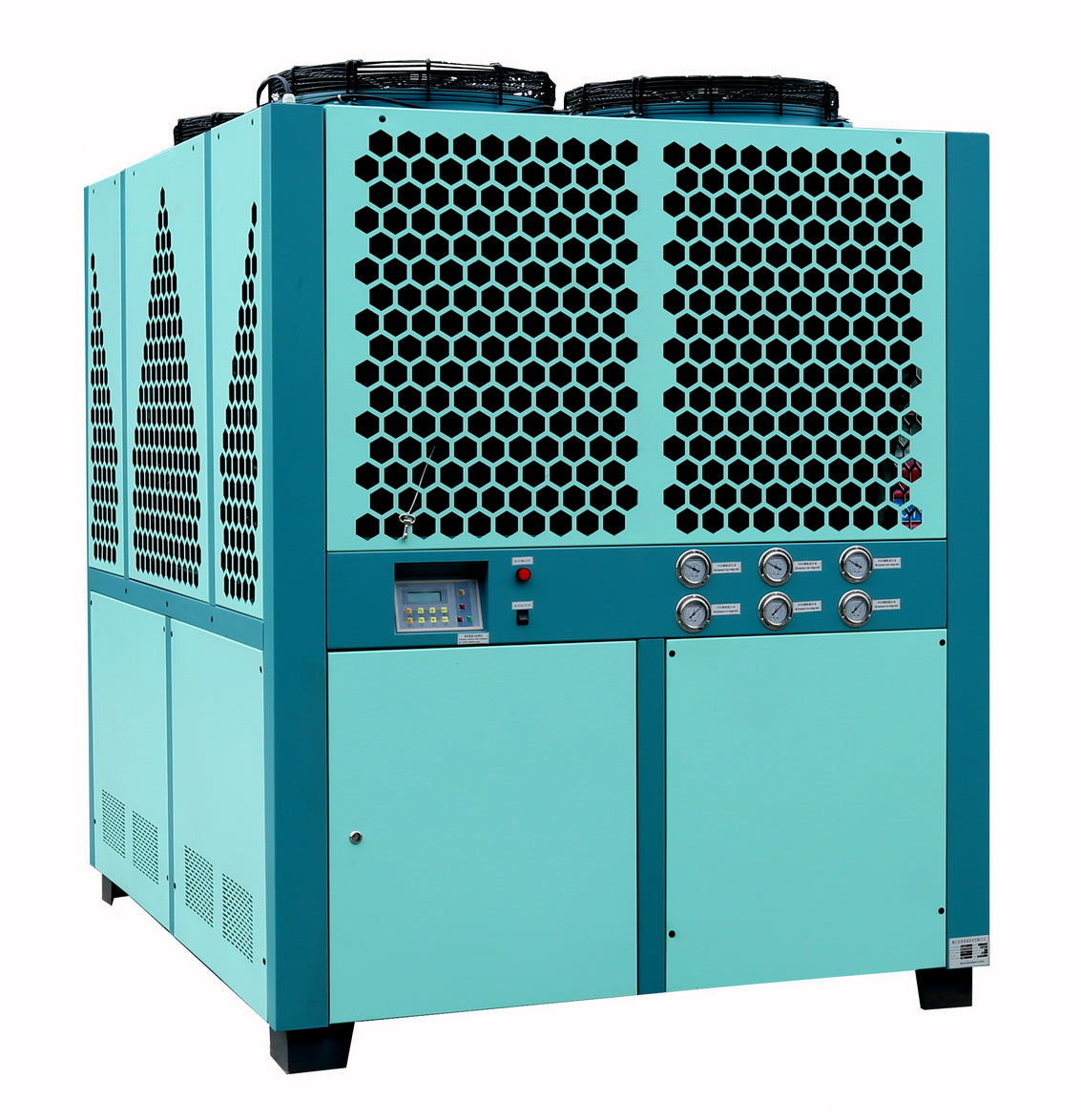
1. Introduction
Chillers are essential components in modern cooling systems, providing chilled water for space cooling, process cooling, and industrial applications. Among the various types of chillers, air-cooled chillers have gained significant popularity due to their ease of installation, minimal maintenance requirements, and independence from water sources for heat rejection. These systems utilize ambient air as the cooling medium in the condenser, eliminating the need for cooling towers, pumps, and associated water treatment systems.
With increasing urbanization and stricter environmental regulations, the demand for sustainable and water-efficient cooling solutions has risen. Air-cooled chillers align well with these goals, particularly in arid regions or buildings where water conservation is a priority. This paper explores the design, operation, performance, and future trends of air-cooled chillers, offering insights into their role in contemporary HVAC engineering.
2. Working Principle and Thermodynamic Cycle
Air-cooled chillers operate on the vapor-compression refrigeration cycle, which consists of four primary components: the evaporator, compressor, condenser, and expansion valve.
- Evaporator: Chilled water or a secondary coolant flows through the evaporator, absorbing heat from the building’s return water loop. The refrigerant inside the evaporator absorbs this heat and evaporates at low pressure.
- Compressor: The gaseous refrigerant is compressed, increasing its pressure and temperature.
- Condenser: In air-cooled chillers, ambient air is forced over finned-tube heat exchangers (the condenser) by electric fans. The hot, high-pressure refrigerant gas releases heat to the air and condenses into a liquid.
- Expansion Valve: The high-pressure liquid refrigerant passes through an expansion valve, where its pressure and temperature are reduced before re-entering the evaporator to repeat the cycle.
The efficiency of this cycle is commonly measured by the Coefficient of Performance (COP), defined as the ratio of cooling output to electrical energy input. Seasonal Energy Efficiency Ratio (SEER) and Integrated Part Load Value (IPLV) are also used to evaluate performance under varying load conditions.
3. Key Components of Air-Cooled Chillers
3.1 Compressor
The compressor is the heart of the chiller. Common types include:
- Scroll compressors: Known for reliability and quiet operation, widely used in smaller units.
- Screw compressors: Suitable for medium to large capacities, offering good part-load efficiency.
- Centrifugal compressors: Used in very large systems, though less common in air-cooled designs due to size and cost.
Recent models increasingly employ variable-speed (inverter-driven) compressors to match cooling demand and improve part-load efficiency.
3.2 Condenser
The air-cooled condenser typically consists of copper tubes with aluminum fins, arranged in a coil configuration. Axial or centrifugal fans force ambient air across the coil to reject heat. Proper airflow and coil cleanliness are critical for maintaining efficiency.
3.3 Evaporator
The evaporator facilitates heat exchange between the refrigerant and the chilled water loop. Shell-and-tube or plate-type evaporators are commonly used, designed for high heat transfer efficiency and low pressure drop.
3.4 Controls and Monitoring Systems
Modern air-cooled chillers are equipped with microprocessor-based control systems that monitor temperatures, pressures, flow rates, and compressor status. These systems enable fault diagnostics, remote monitoring, and integration with building management systems (BMS).
4. Advantages and Disadvantages
4.1 Advantages
- No water consumption for heat rejection, making them ideal for water-scarce regions.
- Simpler installation and lower initial cost due to the absence of cooling towers and associated piping.
- Reduced maintenance requirements compared to water-cooled systems, which require water treatment and tower maintenance.
- Compact design and outdoor installation capability, saving indoor space.
4.2 Disadvantages
- Lower efficiency, especially in hot climates, due to higher condensing temperatures.
- Higher noise levels from condenser fans.
- Performance degradation in high ambient temperatures.
- Larger footprint compared to water-cooled chillers of similar capacity.
5. Applications
Air-cooled chillers are widely used in:
- Commercial buildings: Office complexes, shopping malls, and hotels.
- Data centers: For precision cooling of server rooms.
- Industrial processes: Plastic molding, food processing, and pharmaceutical manufacturing.
- Healthcare facilities: Hospitals and laboratories requiring reliable cooling.
- Residential complexes: Multi-family housing with centralized cooling systems.
Their versatility and scalability make them suitable for both small-scale rooftop units and large modular systems.
6. Energy Efficiency and Environmental Considerations
Energy efficiency is a critical concern in chiller design. Recent advancements include:
- Variable Frequency Drives (VFDs) for compressors and fans to match load demand.
- Microchannel condensers for improved heat transfer and reduced refrigerant charge.
- Low-GWP (Global Warming Potential) refrigerants such as R-134a, R-1234ze, and R-513A, replacing older, ozone-depleting substances.
Despite their higher energy consumption compared to water-cooled systems, air-cooled chillers contribute to water conservation and reduced chemical usage, offering a net environmental benefit in certain contexts.
7. Recent Technological Trends
- Smart chillers with IoT integration for predictive maintenance and real-time optimization.
- Hybrid cooling systems that combine air-cooling with evaporative pre-cooling to enhance efficiency.
- Modular designs allowing scalability and redundancy.
- AI-based control algorithms that optimize setpoints and reduce energy use.
These innovations are narrowing the efficiency gap between air-cooled and water-cooled systems.
8. Conclusion
Air-cooled chillers play a vital role in modern cooling infrastructure, offering a practical and sustainable solution for a wide range of applications. While they traditionally lag behind water-cooled systems in peak efficiency, continuous technological advancements are improving their performance, reliability, and environmental footprint. As global demand for water-efficient technologies grows, air-cooled chillers are expected to remain a cornerstone of HVAC design, particularly in urban and arid environments. Future research should focus on further reducing energy consumption, noise levels, and the use of high-GWP refrigerants to ensure long-term sustainability.

